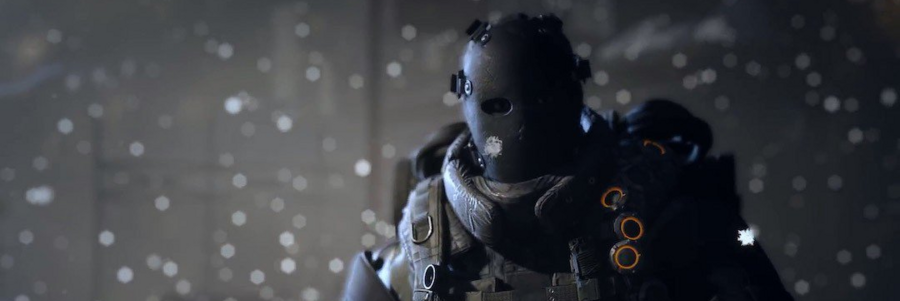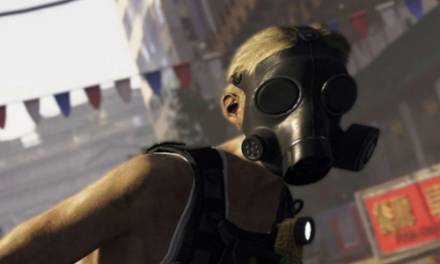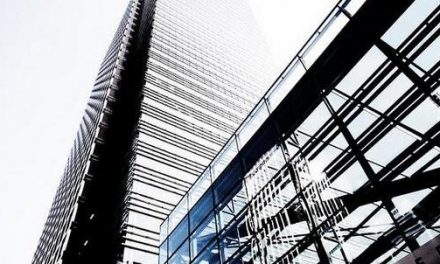Though the SHD has its resources spread pretty thin—dealing with both the NYC cleanup and this whole mess in DC—it’s easy to get lulled into a false sense of security with the amount of gear and information we have at our disposal. Fancy drones and automated turrets to make pitched gunfights less lopsided, mostly-reliable radio contact with the logistics team back at base to coordinate strikes on hot zones, and an admittedly nice suite of gear to make our patrols in the new urban jungle possible; all of these factors come together in reinforcing the idea that we’re the biggest, best-equipped group of lawbringers out there.
This isn’t always actually the case.
Israel and I were scouting territory near a dark zone to gather intel when we heard propaganda broadcasting in the streets. We’d heard the messages gangs had spouted elsewhere in the metro—the Division are oppressors and not liberators, join the gang and be free from the bonds of our old society, that kind of thing—and assumed this would be just another loudspeaker to shut off. A few targets paced lazily in the area and we figured we had an easy win on our hands. He circled left and when my radio chirped that he was in position, I took my first shot.
When riding a motorcycle at speed—and trust me, this will all tie in soon—catching a bee to the helmet feels like you’ve just taken gunfire. Your head snaps back, your ears ring, and the world goes out of focus for a second. No fun, even if ultimately painless. As I lined up the reticle and pulled the trigger, the bullet screaming through the late-twilight air, I expected to see what the medics back home call “injuries incompatible with life.” My expectations were not met.
Through the haze I could tell he had on a helmet, but that’s neither unusual nor much of a problem when it comes to the power of my rifle. What I didn’t see was that his helmet was closer to a full-cover, military-grade, riot cover than the normal incidental protection we’ve seen elsewhere. My bullet struck him square-on in the side of the head, but instead of crumpling to the ground he snapped his gun up in my position and started firing, reacting like on autopilot as he moved—not dove, not scrambled—for cover. It’s like I hit him with a bee instead of a 300 Winchester Magnum round.
Two more shots to the chest of one of his fellows, which barely slowed his advance, and I called for Izzy to retreat—they had a bead on my position, crouched in the bed of a burned-out dump truck, but hopefully yet hadn’t seen my partner. Gunfire rang against the side of my concealment, powerful enough to rock the heavy vehicle on its tired shocks. Whoever had outfitted the gang had done more than give them heavy-duty armour, but arms to match.
Slipping over the back of the truck I sprinted into the night, catching a bullet in my stowed antipersonnel drone. I shudder to think what would have happened had the round struck my armour directly, instead of being slowed by the mass of tech and reinforced plastic first. Even without penetrating it had enough force to send me to the rough pavement, scrambling to regain my lost footing.
Luckily Israel and I were able to catch up with one another—without new wounds—and we mutually agreed that our evening excursion had come to an end. Trudging the miles back to headquarters, skipping the various liberated control points and civilian amenities we had helped establish since our arrival, we grabbed one of the logistics techies and let him know all about what we’d found.
It was obvious the streets held more than simple street gangs, and that someone—some force—was making a big move to take over control of our nation’s capital.
Header image from promotional materials for Tom Clancy’s the Division 2 by Ubisoft
















